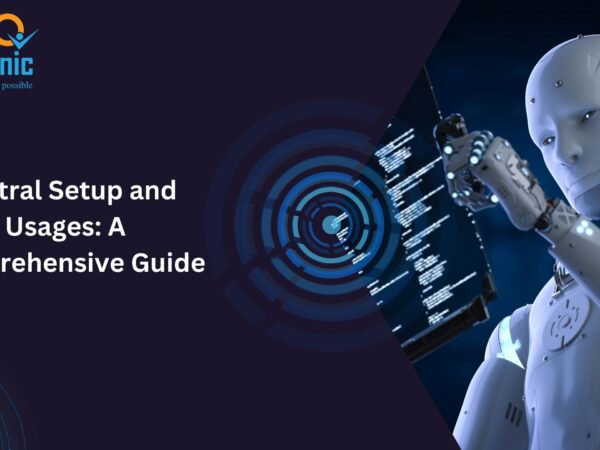Introduction
Chatbots have revolutionized the way businesses and individuals interact with technology. From customer service to healthcare, these AI-powered virtual assistants leverage vast amounts of data to offer intelligent, context-aware interactions. But how exactly do chatbots utilize data? This article explores the various usages of data within chatbots, emphasizing their role in improving user experience, decision-making, and operational efficiency.
1. Data Collection and Processing
The foundation of any chatbot’s functionality lies in its ability to collect and process data effectively. Chatbots gather data from multiple sources, including:
- User interactions (text and voice inputs)
- Customer databases
- Social media platforms
- Website interactions
- API integrations with other software
This raw data is then processed using Natural Language Processing (NLP) and machine learning algorithms to derive meaningful insights and responses.
2. Personalization and User Experience
Data enables chatbots to offer a personalized experience to users. By analyzing past interactions and user preferences, chatbots can:
- Address users by name
- Remember previous conversations
- Recommend products or services based on browsing history
- Adapt to regional and linguistic differences
For example, e-commerce chatbots use purchase history data to suggest relevant products, enhancing customer satisfaction and engagement.
3. Predictive Analytics and Decision-Making
Advanced chatbots leverage predictive analytics to anticipate user needs and provide proactive assistance. Data-driven decision-making helps chatbots:
- Predict frequently asked questions and provide instant responses
- Analyze sentiment to determine user satisfaction
- Optimize responses based on trends and patterns
For instance, healthcare chatbots use patient data to predict potential health risks and suggest timely interventions.
4. Customer Support and Automation
One of the most significant applications of data in chatbots is in customer support. By analyzing historical support tickets and FAQs, chatbots can:
- Provide instant answers to common queries
- Escalate complex issues to human agents
- Automate repetitive tasks, reducing response time
Companies like Amazon and Google integrate AI-powered chatbots to streamline customer interactions, improving service efficiency.
5. Sentiment Analysis and Emotional Intelligence
Data-driven sentiment analysis allows chatbots to detect the emotional tone of user messages. This capability helps chatbots:
- Recognize frustrated or dissatisfied customers
- Offer empathetic responses based on sentiment analysis
- Adjust tone and language accordingly
For example, banking chatbots can detect distress signals and immediately transfer the conversation to a human representative for better assistance.
6. Security and Fraud Detection
With increasing cybersecurity threats, chatbots play a vital role in detecting fraudulent activities through data analysis. Chatbots use data to:
- Verify user identities through authentication processes
- Monitor transaction patterns for unusual activities
- Alert users about potential security risks
Financial institutions employ AI-driven fraud detection mechanisms in their chatbot systems to protect user data and prevent unauthorized transactions.
7. Continuous Learning and Improvement
Chatbots utilize machine learning to improve over time. Through continuous data collection and analysis, chatbots:
- Learn from past interactions to enhance response accuracy
- Adapt to new language patterns and slang
- Improve AI models by incorporating user feedback
For example, Google Assistant and Alexa update their algorithms based on user interactions, making them more effective over time.
8. Integration with Other Systems
Data enables chatbots to integrate seamlessly with various business systems, including:
- Customer Relationship Management (CRM) software
- Enterprise Resource Planning (ERP) systems
- Payment gateways
- Inventory management systems
This connectivity allows businesses to automate workflows, streamline operations, and enhance user engagement through AI-powered automation.
9. Data Privacy and Ethical Considerations
As chatbots handle vast amounts of user data, privacy and ethical considerations become paramount. Organizations must ensure:
- Compliance with data protection regulations (GDPR, CCPA, etc.)
- Secure data storage and encryption
- Transparent data usage policies
Maintaining ethical AI practices fosters user trust and ensures responsible AI deployment in chatbot applications.
Conclusion
Data is the backbone of chatbot functionality, driving personalization, decision-making, automation, and security. By leveraging data effectively, businesses can enhance user interactions, streamline operations, and provide valuable insights. As AI technology evolves, chatbots will continue to become more intelligent, adaptive, and integral to modern digital ecosystems.









